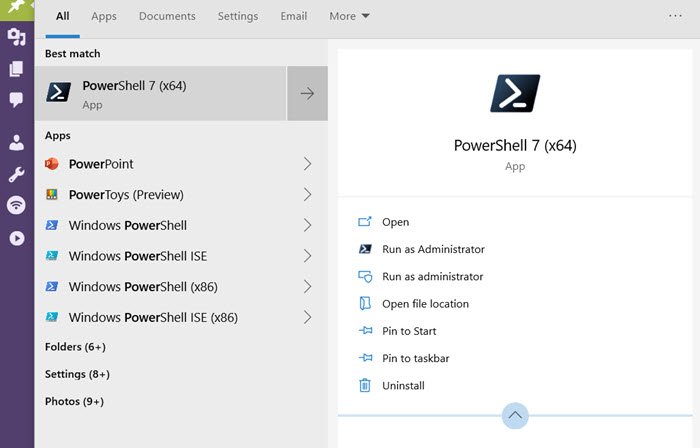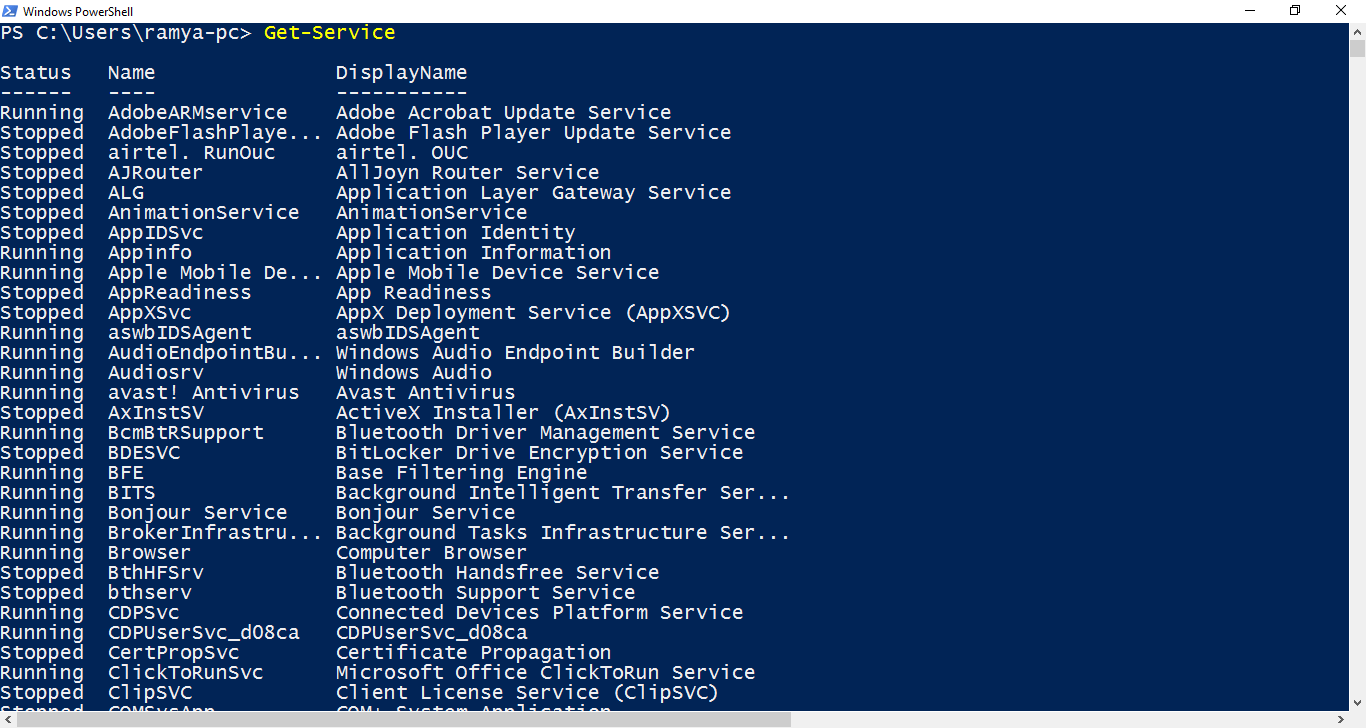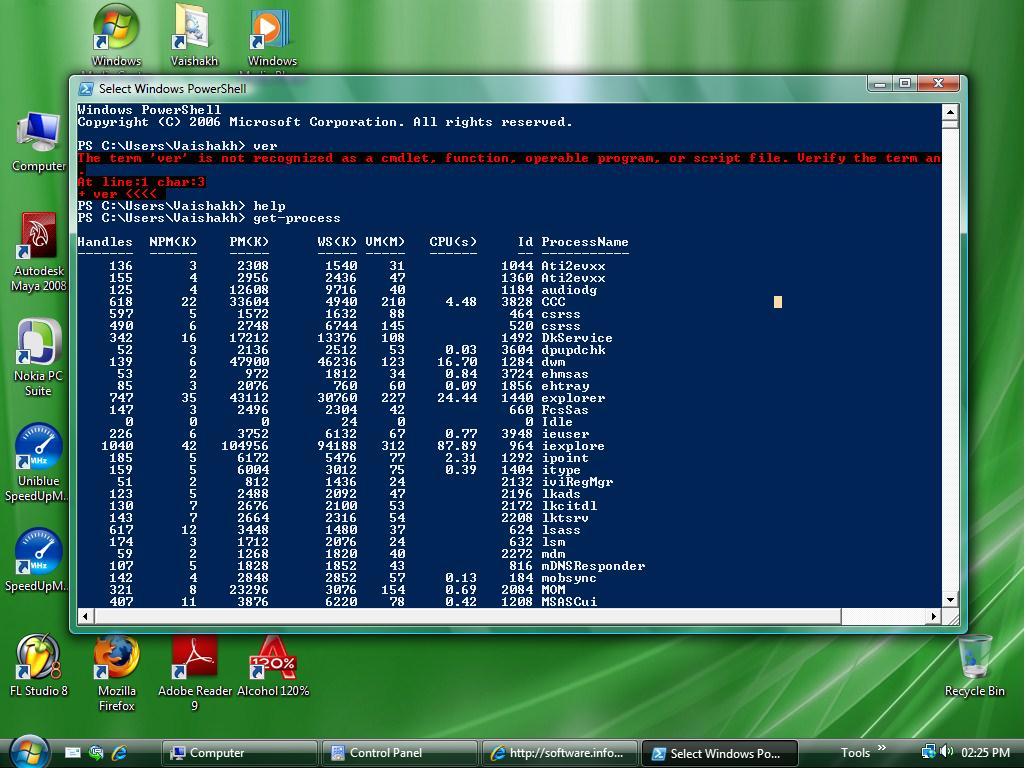

- #HOW TO USE POWERSHELL ON WINDOWS 10 INSTALL#
- #HOW TO USE POWERSHELL ON WINDOWS 10 UPGRADE#
- #HOW TO USE POWERSHELL ON WINDOWS 10 WINDOWS 10#
Now that PowerShell is being run elevated as a local administrator, UAC will no longer be a problem Once PowerShell is relaunched as an administrator, the title bar should say "Administrator: Windows

I'll enter theĬredentials for my user account who is a domain user and local admin as shown in Figure 1-6. If you're logged into Windows as a normal user, you'll be prompted for credentials. PowerShell shortcut and select Run as administrator as shown in Figure 1-5. Relaunch the PowerShell console, except this time right-click on the Windows This account should NOT be a domain administrator, or have any elevated privileges in the domain.Ĭlose PowerShell. This is how my second domain user account is configured. The solution to this problem is to run PowerShell as a domain user who is a local administrator. + FullyQualifiedErrorId : CouldNotStopService, + CategoryInfo : CloseError: (:ServiceController) + Get-Service -Name W32Time | Stop-Service Stop-Service : Service 'Windows Time (W32Time)' cannot be stopped due to the followingĮrror: Cannot open W32Time service on computer '.'. The following error message is generated: Get-Service -Name W32Time | Stop-Service Means it's unable to prompt for elevation for tasks that require the approval of an administrator. Some commands run fine, but PowerShell can't participate in User Access Control (UAC). Notice that the title bar of the PowerShell console says "Windows PowerShell" as shown in Figureġ-4. I've launched the PowerShell console by clicking on the "Windows PowerShell" shortcut as shown in
#HOW TO USE POWERSHELL ON WINDOWS 10 WINDOWS 10#
Windows 10 computer as a domain user who is not a domain or local administrator.

I've mirrored those accounts in the lab environment used in this book. In the production enterprise environments that I support, I use three different Active Directory To run the 64-bit version of PowerShell unless you have a specific reason for running the 32-bitįor information about starting PowerShell on other versions of Windows, see If you have a 64-bit operating system, my recommendation is Running a 32-bit version of Windows 10, you'll only have two shortcuts. Version of the PowerShell console and the PowerShell ISE (Integrated Scripting Environment), and aģ2-bit version of each one as denoted by the (x86) suffix on the shortcuts. The computer used forĭemonstration purposes in this book is running the 64-bit version of Windows 10 so there's a 64-bit Notice that four different shortcuts for PowerShell are shown in Figure 1-1. The easiest way to find PowerShell on Windows 10 is to type PowerShell into the search bar as
#HOW TO USE POWERSHELL ON WINDOWS 10 INSTALL#
#HOW TO USE POWERSHELL ON WINDOWS 10 UPGRADE#

When they start entry-level presentations. I often find that presenters at conferences and user group meetings already have PowerShell running


 0 kommentar(er)
0 kommentar(er)
